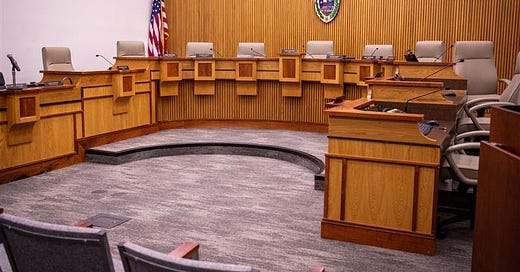Elections: Advice for Candidates & Incumbent Elected Officials (Communications 2)
June 3, 2025
One of my greatest frustrations as a private citizen is that it’s become impossible to KNOW what my elected officials are focusing on and accomplishing. Although they now utilize a wide variety of communication tools (i.e., email, podcasts, social media, and the web in addition to the traditional mailed communications and radio, television, and personal appearances), it seems we understand less. We have a lot of information pushed at us, but it’s all a jumble.
That makes it easy for the information that is being communicated to be distorted by disinformation and misinformation campaigns.
How do we fix this problem?
After considering what would help me, I realized that a specialized dashboard for elected officials would be invaluable. In crafting the content and design of the dashboard, I suggest that each elected official:
1. Identify 5 – 7 priorities
2. Categorize those priorities based on
a. Needs of the nation
b. Needs of the state/district/county/city
c. Responsibilities as a member of a committee
d. Responsibilities as a holder of a leadership position
e. Personal interests/areas of expertise
f. Constituent suggestions
3. Display these priorities on a dashboard
a. Continuously update actions to achieve those objectives
b. Hotlink to additional details
4. Work with colleagues to standardize dashboards
To help constituents understand the policymaking process better, a brief overview of the policymaking process would be useful. That overview should explain:
1. Ways to achieve policy objectives
a. Advance new legislation or constitutional amendment
b. Amend pending legislation
c. Block pending legislation/regulations
d. Repeal existing law/regulation
e. Revise existing laws governing agency operations during periodic “reauthorizations”
2. Criteria for setting priorities
a. Where is the need greatest?
b. Where may we have the greatest impact (e.g., unique skills)?
Mention as well that elected officials don’t just pass laws (or ordinances). Elected officials, for example, also:
1. Assist constituents in their dealings with government agencies
2. Oversee development and implementation of the budget
3. Oversee development and implementation of strategic plans for the overall government
4. Engage in general oversight of government operations
5. Advise and consent on appointees to government posts (in Congress, Senate only)
6. Oversee development and implementation of foreign policy (Congress only)
To illustrate how such a dashboard might work, see the examples in the attachment. Not only should such a dashboard help constituents, the media, and other interested parties understand quickly where the elected official is focusing his/her energies, it also should help the elected official’s staff organize their work. Onboarding of new policy staff should be streamlined in particular.
P.S. If I were chief of staff for an elected official, I would have a short two-page handout available at all public appearances that summarizes the above. That would encourage everyone to visit the website for more information and/or to share the availability of that information with others.




